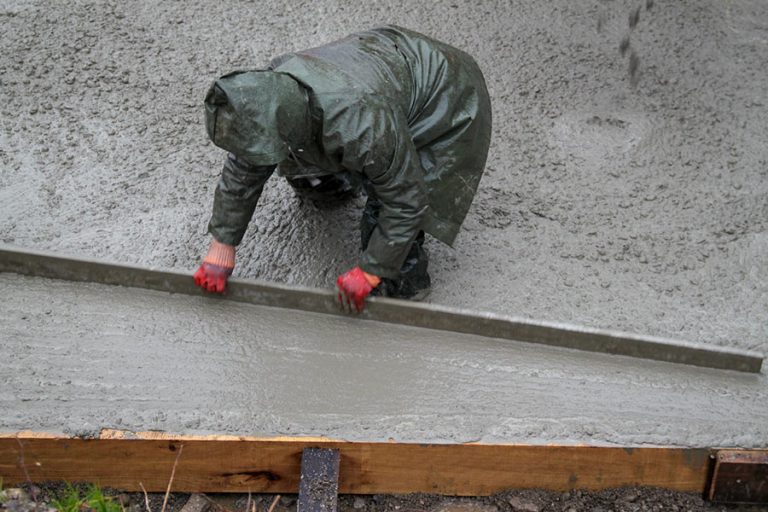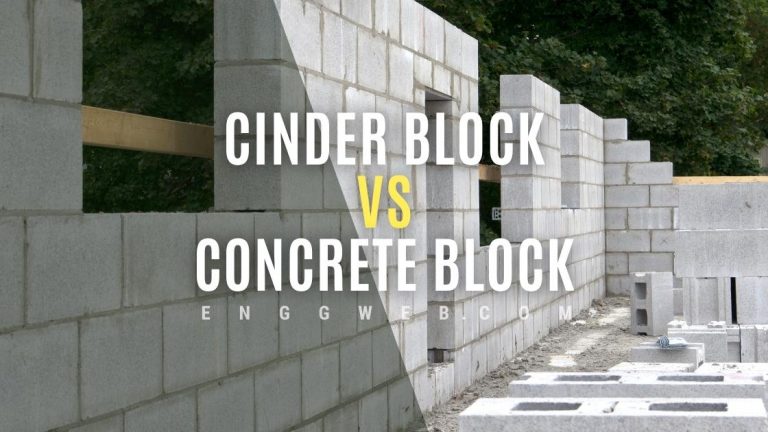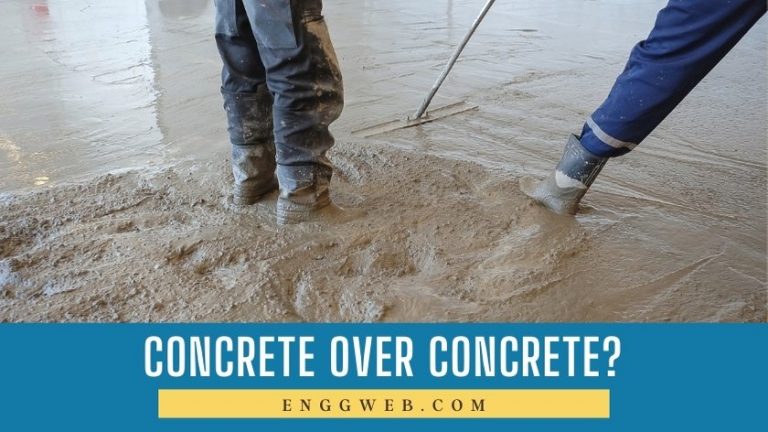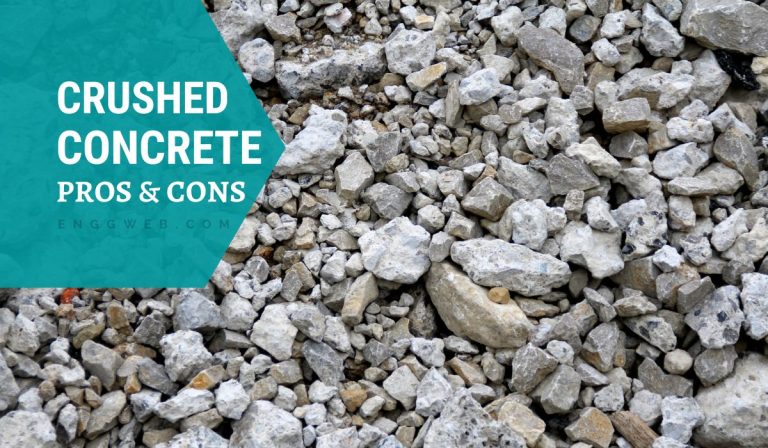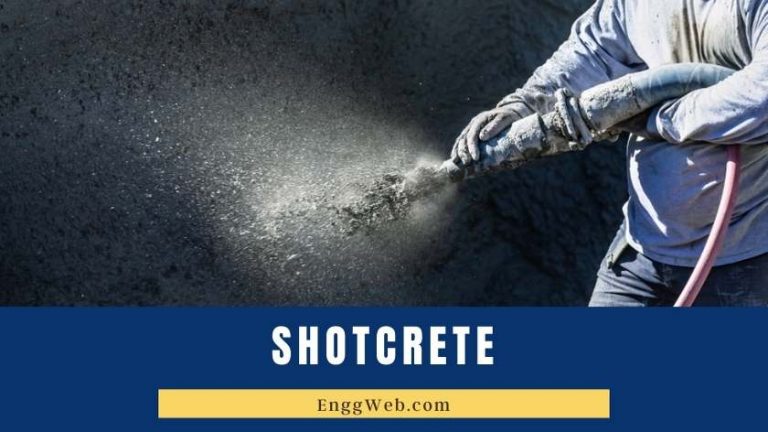What Happens If You Seal Concrete Too Soon?
A concrete sealant protects the concrete surface and improves durability. A common mistake is to apply this sealant too soon. What happens when the concrete sealant is applied too soon, and what effect does this have on the concrete?

Sealing concrete is an essential step in protecting it and enhancing durability. However, suppose the concrete is sealed too early. In that case, the water inside can’t escape through evaporation as it usually would, causing damage to the surface finish. When sealing concrete too late, dirt and other impurities could already have entered the structure. When sealed inside the concrete, these impurities could cause damage and will affect the surface finish. That’s why it’s essential to seal concrete at the right time.
Contents
Effects of Sealing Concrete Too Soon
Sealing concrete too soon could result in a range of potential adverse effects. When sealing the concrete too soon, water is still trapped inside the concrete structure. In unsealed concrete, this water will evaporate and escape from the concrete surface. However, concrete sealant creates an impenetrable barrier on the surface, trapping this moisture inside. Since the water will inevitably escape from the concrete, this creates tension underneath the sealant, resulting in potential damage.
Here is an overview of the most common effects of sealing concrete too soon.
1. Poor Appearance of the Concrete
When trapped water accumulates underneath the sealant, it causes bubbling and discoloration as the sealant is forced away from the concrete surface. The discoloration is permanent and will worsen with time, creating blemishes and unsightly marks on the concrete.
When trapped moisture causes bubbling of the sealant, the sealant surface will become uneven, and the sealant could crack and peel off in areas. This is unsightly and will affect the sealant’s effectiveness too.
2. Sealant Becomes Less Effective
Since trapped moisture could cause the concrete sealant to crack and peel off, the product will not be as effective. The sealant can’t protect the concrete surface in areas where it peeled off, thus allowing dirt and impurities to enter the structure. This negatively affects the concrete durability and means that the sealant should be removed and reapplied.
3. Damage to the Concrete Surface
Trapping moisture in the concrete could cause uneven curing and could cause damage to the surface. Moisture trying to escape from the concrete will damage the sealant in some areas, where the moisture will then escape. Since this isn’t evenly spread across the structure, moisture loss will vary. This, in turn, causes uneven curing and strength development, which could lead to cracking and uneven surfaces.
If the sealant is applied to fresh concrete, the application could physically damage the surface, creating dents and rough patches.
Removing sealant from insufficiently hardened concrete could also damage the surface since the process could dent the concrete and even remove chunks of concrete. All of these factors negatively impact concrete durability and strength formation.
Proper Curing Time for Concrete Before Sealing
Concrete should be fully cured and allowed to develop sufficient strength before applying a sealant. This process typically takes around 28 days. Usually, concrete would be allowed to cure using a curing aid. This curing aid could be a plastic or canvas cover or a chemical, barrier-forming curing aid. The intended sealing method should be considered when choosing a curing aid.
Sometimes, contractors opt for a one-step cure-and-seal product. This would be applied sooner than alternative sealants since it is also needed during the curing phase. Note that this product doesn’t last as long as other sealants and should be reapplied far more often.
Factors That Affect Curing Time
Concrete curing is essentially strength development. Here, concrete is protected over time for sufficient strength development. During this time, it is essential to keep the concrete sufficiently moist and allow water to escape as needed. This is a delicate balance; when done correctly, the concrete will develop excellent durability, lasting many years.
Various factors affect concrete curing time. The most important effect is environmental: high temperatures, low humidity, and high winds speed up curing time significantly. Concrete mix design also plays an important role and can be adjusted to compensate for environmental factors. Concrete hardens and cures through a chemical reaction known as hydration. This reaction is exothermic, meaning that it produces its own heat. When concreting in cold weather, this factor is harnessed to increase the concrete’s internal heat and speed up setting and curing times. In hot weather, a portion of the cement in the mix design is replaced with cementitious products, like fly ash and slag, which don’t produce as much heat. This decreases the concrete’s internal heat, slowing down setting and curing times to a manageable level.
The structure’s size further affects setting and curing times. A large, bulky structure will require more curing time than a thin slab.
For more information on concrete curing, see the article on how long it will take for concrete to cure.
How to Know When Concrete is Ready to be Sealed?
Concrete is ready to be sealed when it is fully cured. Typically, this would be 28 days after casting. An easy way to measure that concrete has cured sufficiently to be sealed is by measuring the compressive strength. A standard, non-destructive method is doing a compression test on a standardized cube made from fresh concrete.
The surface hardness could also be tested using the Brinell, Vicker’s Diamond, or Rockwell tests. All of these involve creating a slight indentation in the concrete surface and measuring the force required.
A moisture meter could also determine the concrete moisture content before curing. However, this method isn’t accurate since moisture levels could vary in different portions of the structure.
If the concrete’s strength and integrity are questioned, and the above tests don’t provide adequate answers, core testing could be used. Coring is destructive and will permanently create a cylindrical hole in the concrete, so it should only be used as a last resort.
Accidentally Sealed Concrete Too Soon?
While taking every precaution to seal concrete at the right time, it is still possible to apply sealant too soon. When this happens, the sealant should be removed, and the concrete resealed once it is sufficiently cured.
Remove the Sealer to Let the Concrete Continue Curing
The first step in repairing concrete that was sealed too early is to remove the sealant. There are two ways of doing this: mechanical removal and chemical stripping.
If the concrete has gained sufficient strength, mechanical removal may be possible. Here, the sealant is removed through grinding, sanding, or blasting. If the concrete is too soft, these processes will damage the surface, which would require significant repairs or even replacement.
Usually, if the sealant is applied too early, the concrete wouldn’t gain sufficient strength for mechanical sealant removal processes. So, chemical stripping must be done. The type of chemical used depends on the nature of the sealant applied. Three categories of chemical strippers are typically available: caustic, solvent-based, and biochemical. Since these are being applied on relatively fresh concrete, they could harm its durability. Check with the manufacturer before using the product.
Once the sealant is removed from the concrete, any damage should be repaired, and the concrete should be cured correctly.
Concrete Resealing Techniques
Once the concrete is adequately cured, the sealant can be reapplied. First, ensure that the concrete is clean and free from dirt or other residues. Suppose any chemical stripper or other debris is left on the surface. In that case, the sealant will not effectively adhere to the concrete surface.
Some concrete sealants require that the concrete surface be etched using a chemical solution before applying the sealant. Check the manufacturer’s guidelines.
When ready, apply the first coat of sealant in a thin, even layer using a roller or spray applicator. Once this is dry, apply the second layer in the opposite direction to ensure adequate coverage. Allow the sealant to dry completely before walking or driving on the surface.

